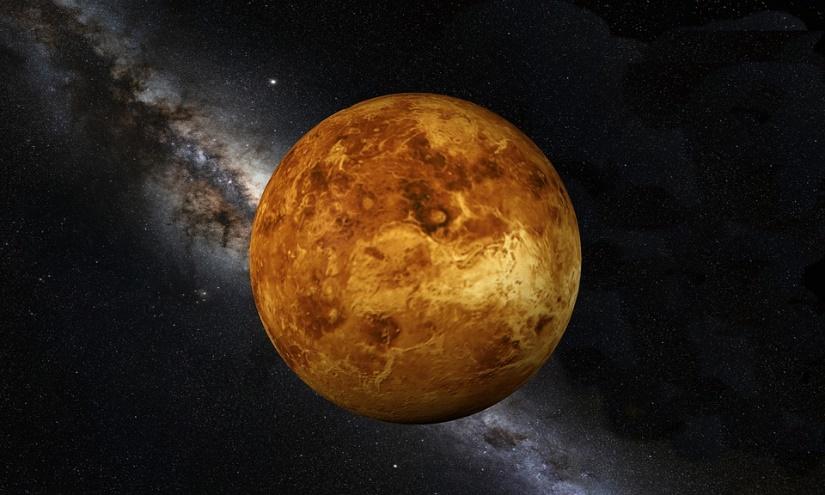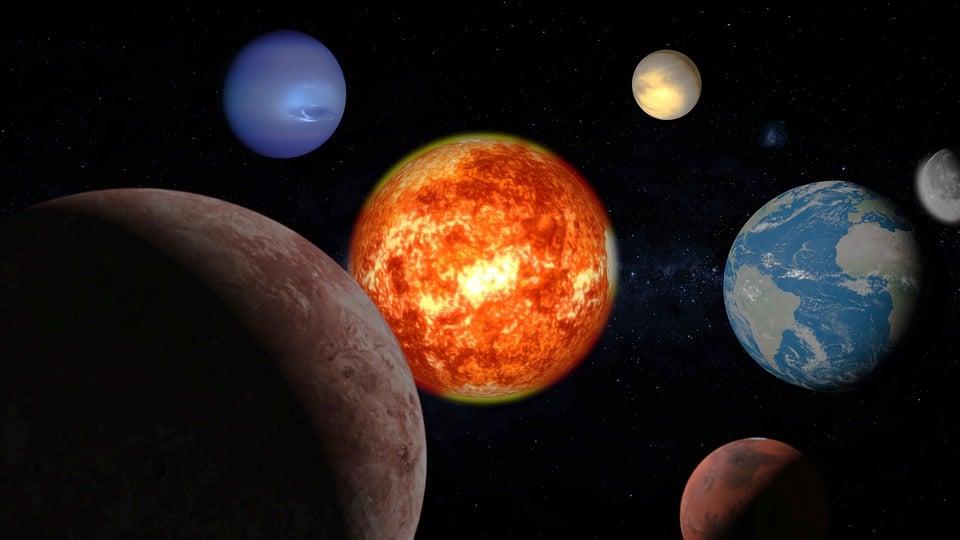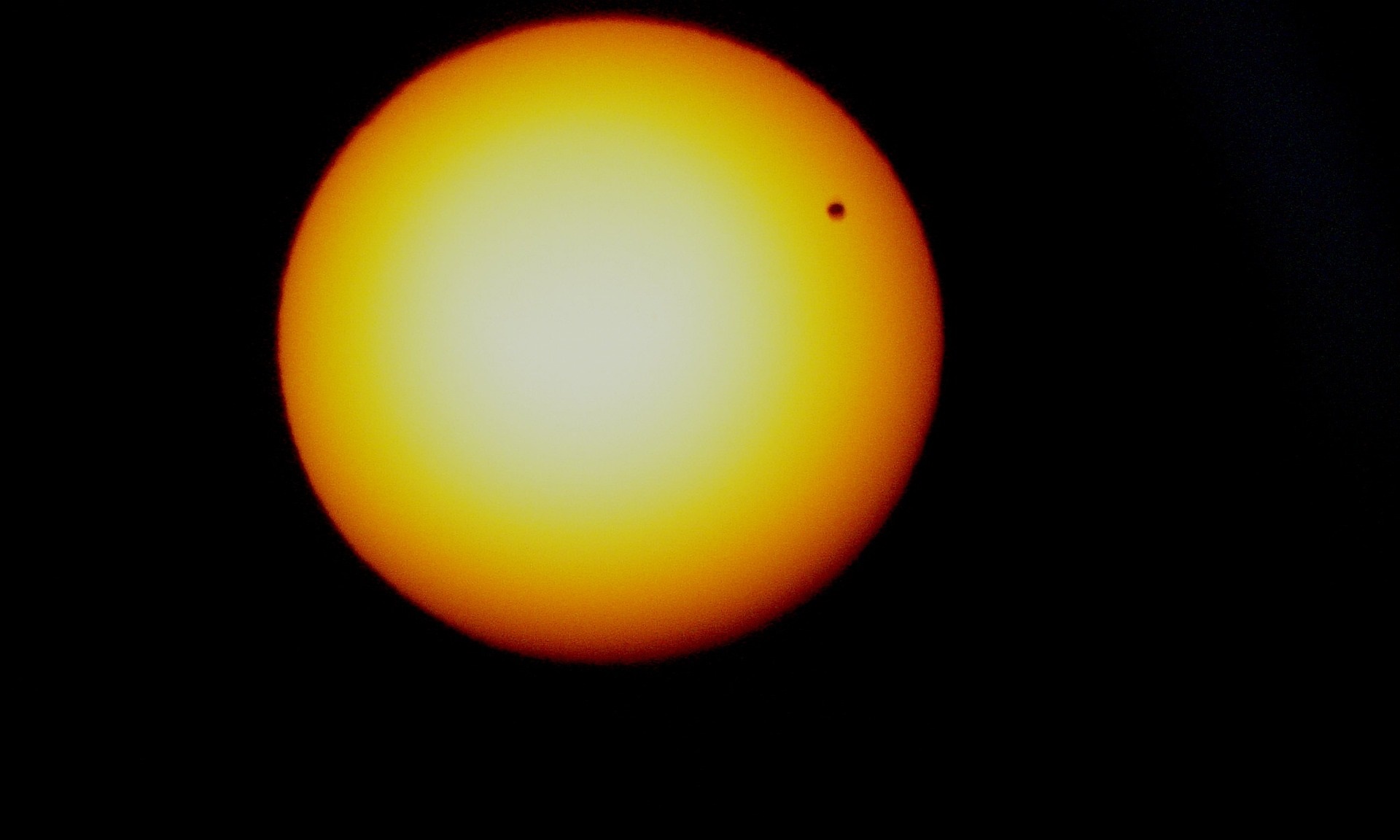Passion of the People – 1.1.11
Imaginary World – The 19th Century
Where 18th-century astronomy could be characterised by precise measurement of position and the classification of heavenly bodies, the 19th century saw astronomy applying developments in maths, physics, chemistry, and geology to understand the make-up of these bodies and the origins of the Universe. Astronomers were now interested in finding out exactly what a star, comet, or planet consisted of and how each was formed. Spectroscopy developed in physics and chemistry was applied to find the chemical components making up the stars. At the same time, theories in geology were used to understand the formation of bodies in the solar system.
Astronomers began looking for a planet between Mars and Jupiter, as predicted by a mathematical relationship known as the Titius-Bode Law. Instead of a planet, they discovered a series of small, faint bodies: Ceres in 1801, Pallas in 1802, Juno in 1804 and Vesta in 1807. These objects became known as minor planets, or asteroids, and many more were discovered during the latter half of the 19th century, starting with Astraea in 1845 and Hebe in 1847.
Wilhelm Bunsen (1811–99) and physicist Gustav Robert Kirchhoff (1824–87) discovered that the spectrum produced by passing sunlight through a prism could be compared with spectra produced by chemicals burned in the laboratory and that this could show which chemicals were present in the Sun. This one discovery led to all kinds of new branches of astronomy. Spectroscopy was used to study the outer regions of the Sun during total eclipses (the only time that the Sun’s corona is visible). It was also used to study the composition of stars.
The 19th century was also a time for mass involvement in astronomy. Expeditions to observe eclipses were popular with both professional and amateur astronomers alike. Astronomy clubs and societies were set up. The British Royal Astronomical Society was formed in 1822 and the British Astronomical Association in 1890, coming from the popularity of regional amateur societies around the country.
The 19th century also saw the start of international collaborations between observatories – for example, the Carte du Ciel project, which involved observatories around the world photographing sections of the sky in order to build a map of the heavens.
In 1874, and again in 1882, Venus passed across the face of the Sun. These events, known as Transits of Venus, occur in pairs more than a century apart – the previous transits were in 1761 and 1769. The last were quite recent and the next pair are due 10–11 December 2117, and 8 December 2125. Careful timing measurements of the passage of Venus across the Sun, made from different locations on Earth, can be used to calculate the distance of the Earth from the Sun. In practice, these observations were difficult to make with any great precision. Astronomers from Greenwich were sent out to five locations around the world, including Honolulu, Thebes and Cape Town, to observe the 1874 transit. Each expedition was equipped with portable telescopes and transit instruments, and took observation huts to use as temporary observatories.



Further Resources
Links below will redirect you to external websites. In accordance with the European data protection declarations, we would like to point out that by clicking on these links you may send data to external providers. We cannot prevent that.
Images
 Cerere – iStock
Cerere – iStock
 Il transito di Venere: storia di un’impresa scientifica – le Scienze
Il transito di Venere: storia di un’impresa scientifica – le Scienze
Videos
![]() Venus Transit: A Planet’s Day in the Sun
Venus Transit: A Planet’s Day in the Sun
![]() No Limit to Space – Popular Astronomy in the 19th-Century
No Limit to Space – Popular Astronomy in the 19th-Century
![]() New Views of William Herschel (1738-1822)
New Views of William Herschel (1738-1822)
![]() Women in astronomy by Andrew Fraknoi (Fromm Institute, University of San Francisco)
Women in astronomy by Andrew Fraknoi (Fromm Institute, University of San Francisco)
 Spettroscopia – Polimi OpenKnowledge
Spettroscopia – Polimi OpenKnowledge
 Cerere: il Pianeta Asteroide Dimenticato – SpazioMatiK
Cerere: il Pianeta Asteroide Dimenticato – SpazioMatiK
 La NASA ha fatto una scoperta “impossibile” di un nuovo pianeta nel nostro sistema solare? – TheSimplySpace
La NASA ha fatto una scoperta “impossibile” di un nuovo pianeta nel nostro sistema solare? – TheSimplySpace
 L’allineamento di Sole, Venere e Terra – Focus
L’allineamento di Sole, Venere e Terra – Focus
Online Resources
![]() Women in 19th century astronomy
Women in 19th century astronomy
![]() Astronomy in the Long 19th Century: The rise of astrophysics and cosmological speculations
Astronomy in the Long 19th Century: The rise of astrophysics and cosmological speculations
![]() Using 19th century technology to time travel to the stars
Using 19th century technology to time travel to the stars
![]() This is an article about a set of 32 celestial charts manufactured in the 1820s
This is an article about a set of 32 celestial charts manufactured in the 1820s
![]() This is a description of 127 male and female astronomers of the 19th century.
This is a description of 127 male and female astronomers of the 19th century.
 L’Astronomia nel XIX secolo – Arcetri INAF
L’Astronomia nel XIX secolo – Arcetri INAF
 L’Ottocento: astronomia. I grandi telescopi dell’Ottocento – TRECCANI
L’Ottocento: astronomia. I grandi telescopi dell’Ottocento – TRECCANI
 La legge di Titius e Bode: una relazione empirica assai curiosa – Passione Astronomia
La legge di Titius e Bode: una relazione empirica assai curiosa – Passione Astronomia
 I 10 Pianeti Nani del Sistema Solare – Luca Nardi, WIRED
I 10 Pianeti Nani del Sistema Solare – Luca Nardi, WIRED
 Cerere: un sorvolo incredibile del pianeta nano – Passione Astronomia
Cerere: un sorvolo incredibile del pianeta nano – Passione Astronomia
 Cerere sbuffa: tracce d’acqua sul pianeta nano – Focus
Cerere sbuffa: tracce d’acqua sul pianeta nano – Focus
 L’inattesa geologia di Cerere – Focus
L’inattesa geologia di Cerere – Focus
 Pallade, una pallina da golf nella Fascia principale – Albino Carbognani, MEDIA INAF
Pallade, una pallina da golf nella Fascia principale – Albino Carbognani, MEDIA INAF
 Dalla Società degli Spettroscopisti alla Società Astronomica Italiana – Società Astronomica Italiana
Dalla Società degli Spettroscopisti alla Società Astronomica Italiana – Società Astronomica Italiana
 I transiti di Venere sul Sole – Osservatorio Astronomico G. V. Schiaparelli
I transiti di Venere sul Sole – Osservatorio Astronomico G. V. Schiaparelli
 Un viaggio nel passato: Robert S. Ball e i transiti di Venere – Medium
Un viaggio nel passato: Robert S. Ball e i transiti di Venere – Medium
 Il transito di Venere – ESA
Il transito di Venere – ESA
Further Readings
![]() A popular history of astronomy during the nineteenth century
A popular history of astronomy during the nineteenth century
 Cerere – MEDIA INAF
Cerere – MEDIA INAF
 Della nuova scoperta del pianeta Cerere Ferdinandea – Giuseppe Piazzi
Della nuova scoperta del pianeta Cerere Ferdinandea – Giuseppe Piazzi
Teaching Material
 A New Look at the World – The Renaissance Experiment (video)
A New Look at the World – The Renaissance Experiment (video)
 Nikolaus Kopernikus und das neue Weltbild (video)
Nikolaus Kopernikus und das neue Weltbild (video)
![]() Astronomy during Renaissance (video)
Astronomy during Renaissance (video)
![]() Renaissance Astronomers – Real Faces – The Age of Enlightenment (video)
Renaissance Astronomers – Real Faces – The Age of Enlightenment (video)
![]() This is part of a lecture about 19th century astronomy.
This is part of a lecture about 19th century astronomy.
 Un’importante applicazione dell’ottica: la spettroscopia
Un’importante applicazione dell’ottica: la spettroscopia
For Kids
![]() This is a blog article about teaching kids astronomy at home.
This is a blog article about teaching kids astronomy at home.
![]() This is material of astronomy workshops for teachers of elementary schools.
This is material of astronomy workshops for teachers of elementary schools.
 L’Incredibile Storia Dell’Asteroide Che Ha Sterminato I Dinosauri – IL LATO POSITIVO
L’Incredibile Storia Dell’Asteroide Che Ha Sterminato I Dinosauri – IL LATO POSITIVO
